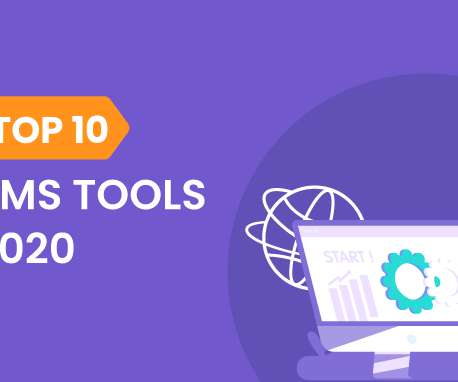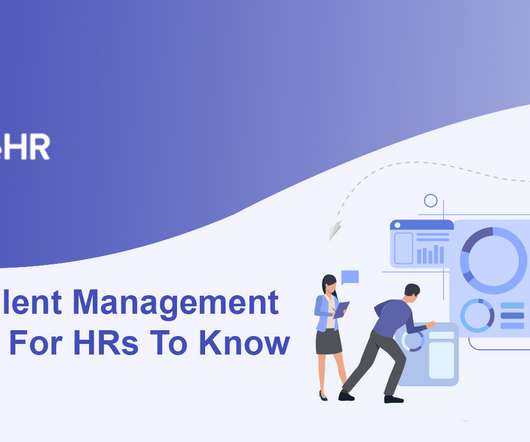What Is Workforce Analytics? Explain Its Importance.
U-Next
SEPTEMBER 29, 2022
Your team can benefit from workforce analysis by seeing what works and what doesn’t. Analyzing workforces begins with understanding what it means. . What Is Workforce Analytics? . In addition to evaluating existing staff, workforce analytics can also analyze overall employment trends. to USD 860.4
















Let's personalize your content